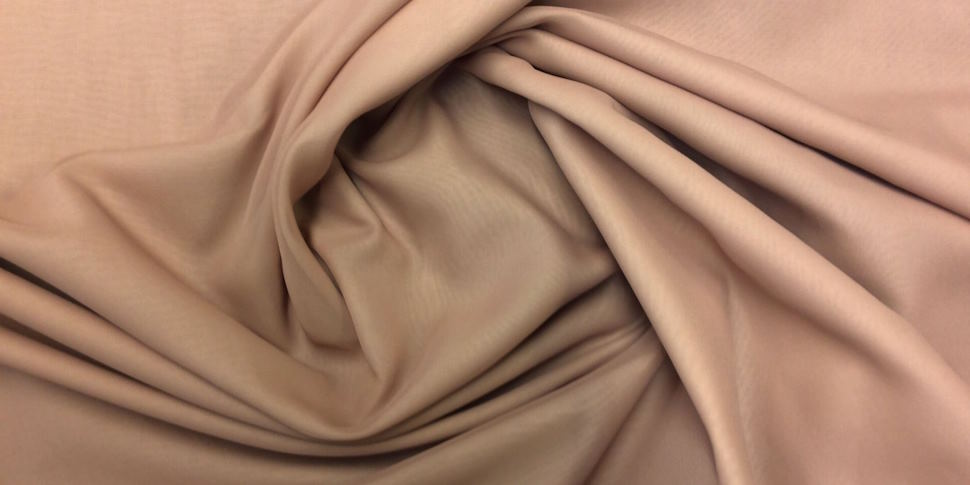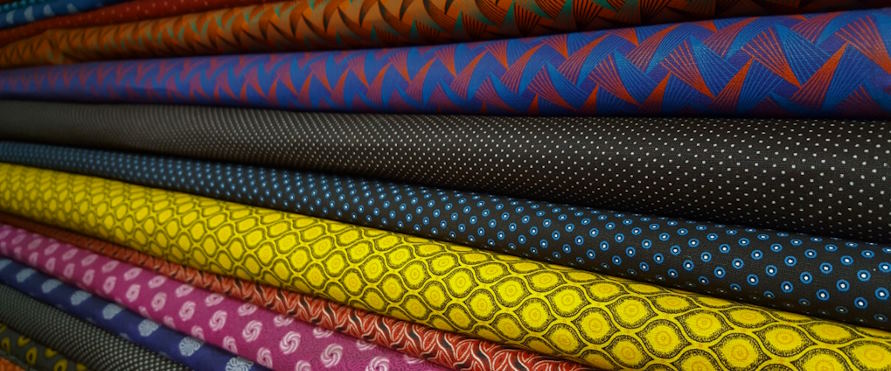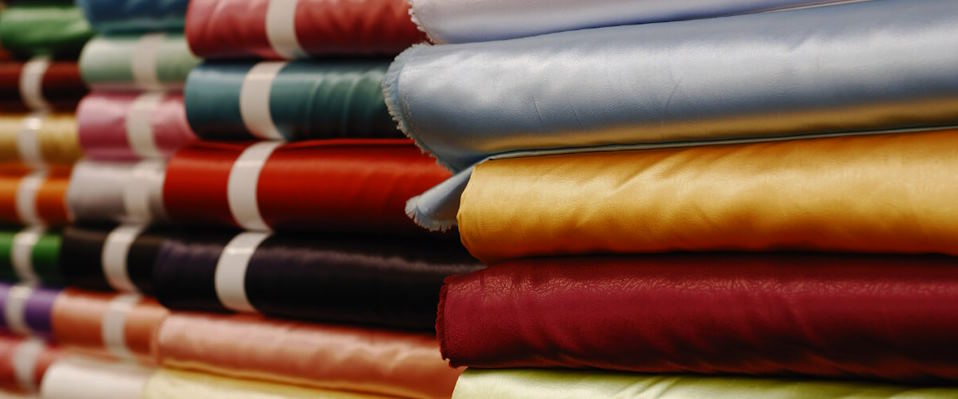Fabric selection and textile knowledge are integral aspects of the design process, wielding significant influence over the outcome of a garment. Every fashion designer understands that fabric is more than just a material. It is the medium through which their creative vision comes to life.
The right fabric can enhance the design, elevate the aesthetics, and ensure the functionality and comfort of the final garment. Moreover, a deep understanding of textiles empowers designers to make informed decisions, explore innovative possibilities, and navigate the ever-evolving landscape of the fashion industry.
What should you know about fabrics?
When it comes to fabrics, there are several important factors to consider. Here are some key points to know about fabrics:
Fabric Composition
Understanding the composition of the fabric is crucial. Fabrics can be made from natural fibers like cotton, silk, wool, or linen or synthetic fibers like polyester, nylon, or acrylic. Each fiber has its own characteristics, including texture, durability, breathability, and care requirements.

Fiber Properties
Different fibers have distinct properties that affect how a fabric feels and behaves. For example, cotton is known for its breathability and comfort, while polyester is valued for its durability and wrinkle resistance. Understanding these properties helps designers select fabrics that align with the desired qualities of their garments.
Weave and Texture
Fabrics can have various weaves, such as plain weave, twill weave, or satin weave. The weave affects the appearance, strength, and drape of the fabric. Additionally, smooth, textured, or ribbed textures can add visual interest and tactile appeal to the design.
Color and Print Options
Fabrics come in an array of colors and can be printed with different patterns or motifs. The color and print choices can significantly impact the overall aesthetic and mood of the garment.
Performance and Functionality
Depending on the garment’s intended use, certain fabrics may be better suited than others. For instance, activewear may require moisture-wicking and stretch properties, while outerwear may require water resistance or insulation. Understanding the performance attributes of fabrics ensures that the garments function as intended.

Care and Maintenance
Fabric care requirements vary; designers should consider how their chosen fabrics will hold up over time. Some fabrics may require dry cleaning, while others can be machine washed. Knowing how to care for fabrics properly helps provide care instructions to end consumers.
Availability and Cost
Availability and cost vary depending on the type of fabric and its source. Therefore, designers should consider their fabric choices’ availability and cost implications to ensure feasibility within their budget and production scale.
What fabrics are the most popular option for clothes?
Popular fabric options for clothing include cotton, polyester, silk, denim, wool, rayon/viscose, linen, and nylon. These fabrics are chosen for their desirable qualities, such as breathability, durability, comfort, and versatility.
For instance, renowned for its breathability, softness, and comfort, cotton is a natural fiber widely used in various types of clothing. In addition, it is favored for its ability to keep the body cool and absorb moisture, making it suitable for everyday wear, t-shirts, jeans, dresses, and casual garments. In contrast, polyester, a synthetic fiber, is known for its durability, wrinkle resistance, and shape retention. In addition, it is often blended with other fibers to enhance strength and elasticity. As a result, polyester is a popular choice for activewear and outerwear and is a more affordable alternative to natural fibers like cotton.




